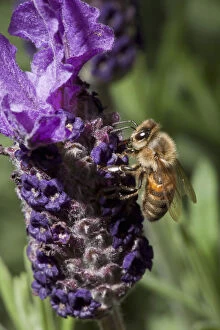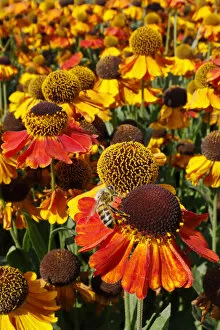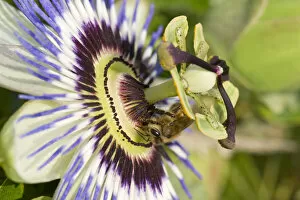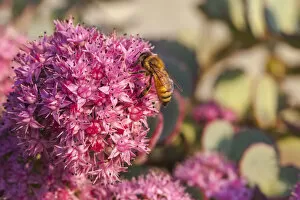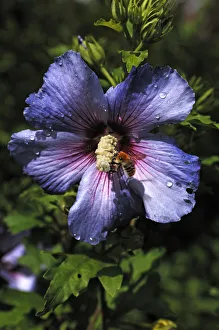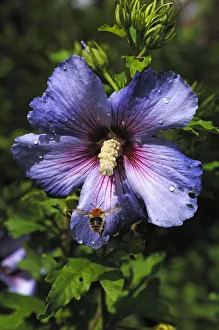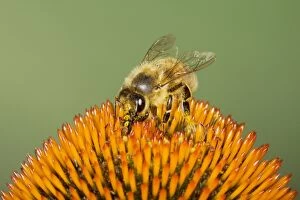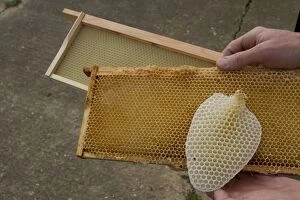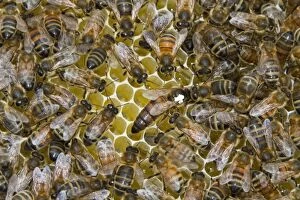Mellifera Collection
"Mellifera: The Fascinating World of Honeybees" DDE-90039276, a unique identification code assigned to the captivating species known as Apis mellifera
All Professionally Made to Order for Quick Shipping
"Mellifera: The Fascinating World of Honeybees" DDE-90039276, a unique identification code assigned to the captivating species known as Apis mellifera, commonly referred to as the honeybee. Found in abundance across Essex, UK (IN001299), these industrious insects play a vital role in our ecosystem. Intriguingly, honeybees can be observed feeding on vibrant Helenium flowers, showcasing their delicate interaction with nature. Their affinity for nectar also extends to Euphorbia mellifera or honey spurge, highlighting their diverse palate. Dating back to July 1926 at London Zoo, an awe-inspiring black and white photograph captures Keeper Brown fearlessly moving a swarm of honey bees. This historic moment symbolizes humanity's long-standing fascination with these incredible creatures. The enchanting Curtis British Entomology Plate 769 further immerses us into the world of Mellifera. It showcases a group of keepers diligently relocating another swarm at London Zoo - a testament to our ongoing efforts to protect and preserve these invaluable pollinators. Beyond the boundaries of zoos and gardens, honeybees continue their essential work in various landscapes. Berkshire witnesses Apis mellifera foraging on passionate Passiflora caerulea blooms while Toronto, Ontario presents us with an exquisite image capturing them delicately perched on dark pink Sedum flowers (Picture No. 11676322). Nature's harmony is further exemplified by hoverflies gracefully hovering over Wolfs bane and Mountain arnica (Arnica montana). These interactions serve as reminders that every living organism plays its part in maintaining ecological balance. Finally, we are captivated by the sight of a diligent honeybee collecting nectar from Hibiscus syriacus stamen adorned with glistening water droplets - yet another example of nature's intricate beauty.

